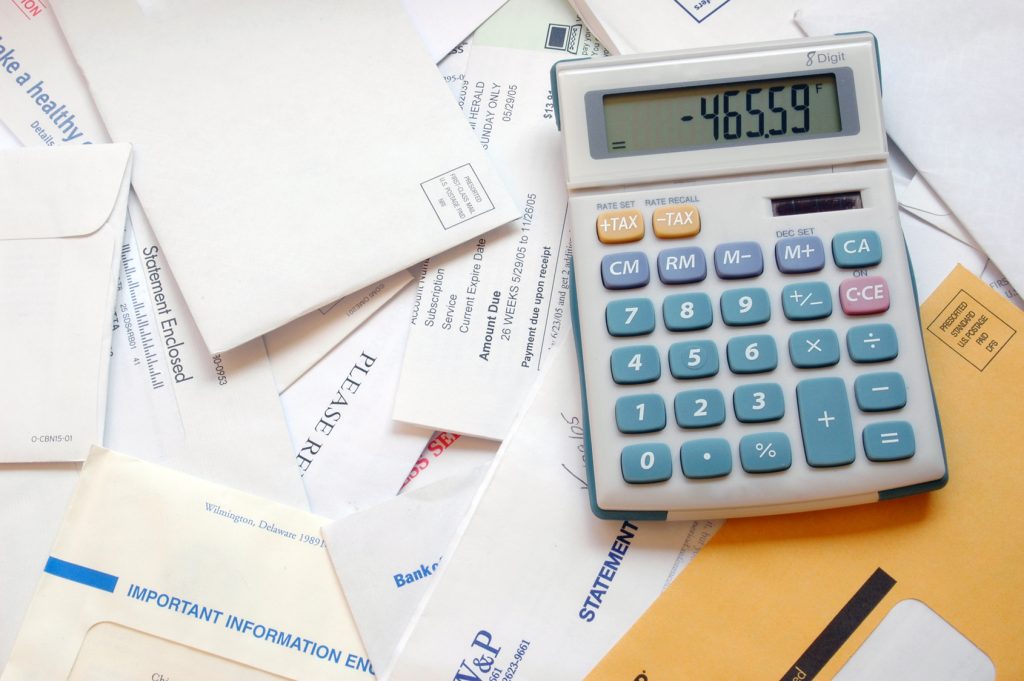A joint debt is created when two or more people borrow money from the same lender at the same time under a joint contract. Most joint debts are taken out by just two people such as a married couple, a co-habiting couple, a parent and an adult child, two adult siblings, two business people who have set up as a formal business partnership or indeed any two consenting adults who have something in common, be it family, personal or business. The joint loan imposes contractual obligations on each of the joint borrowers and this is part of the reason that lenders like to have joint signatories on funds that they lend.
Joint loans are attractive to the lender because each of the signatories to the loan is individually liable to repay it. If, for example, two partners take out a joint loan and if one of them dies, the lender can go after the other party seeking repayment of all of the outstanding repayable balance of the loan. This is the principle frequently referred to as a ‘joint and several liability’. What this simply means is that under the laws governing contracts, each of the borrowers is equally liable to repay the debt in whole.

If any one of the borrowers can’t or won’t repay the loan as and when it falls due under the terms of the loan contract, then the lender can pursue the other borrower for repayment of 100% of the loan and not 50% of it.
Joint debts can be secured such as when a mortgage is taken out by both parties on a jointly owned property or unsecured such as a joint current bank account. Provided that both parties signed the original credit agreement when the debt was incurred, then they are both individually liable for repayment. This gives the lender greater protection and assurance of repayment if an adverse event should occur affecting one or both of the borrowers. Such an adverse event might be ill-health, serious injury or even the death of one of the borrowers. An event affecting both borrowers might for example be the break-up of a business partnership, divorce or separation. Since each borrower may have a different outcome following such an event, the lender is quite entitled to seek repayment from the borrower who is best placed to pay up.
A further adverse event that may occur is the insolvency of one of the joint borrowers. If, for example, one of the joint borrowers should become insolvent and as a result should enter into an Individual Voluntary Arrangement (IVA) and the other joint borrower continues being solvent, all of the unsecured liabilities of the insolvent party must be entered into the IVA including the entire outstanding unpaid balance of the joint unsecured debt. Should the IVA be approved, creditors will expect to receive dividends on all of the unsecured liabilities in the IVA, including the joint unsecured liability. However, the solvent party, who is not in an IVA, will still be expected by creditors to keep servicing the joint debt as well in accordance with the terms of the credit agreement or as re-negotiated by the solvent party directly with the lender. The lender of the joint loan will usually get repaid from two sources: dividends from the IVA and normal repayments from the solvent party. If the debt is not wholly repaid at the end of the term of the IVA, the solvent partner remains fully liable to repay all of the unpaid balance.
Other examples of joint and several liability are secured loans taken out by two (or more) parties; tenancy agreements entered into by two (or more) parties; HP agreements entered into by two (or more) parties; council tax and certain utility agreements where both parties sign up. Oddly, many credit card agreements do not incorporate joint liability, even though two (or more) parties may be card holders. This is because only one of the card holders was a signatory on the original credit agreement but the lender decided to offer the borrower the facility of making the borrower’s spouse or partner a second card-holder.
In a nutshell then, joint liabilities must be included in an IVA, regardless of the wishes of the solvent party. One way to avoid this would be for the solvent party to clear the debt in its entirety prior to the IVA commencing.